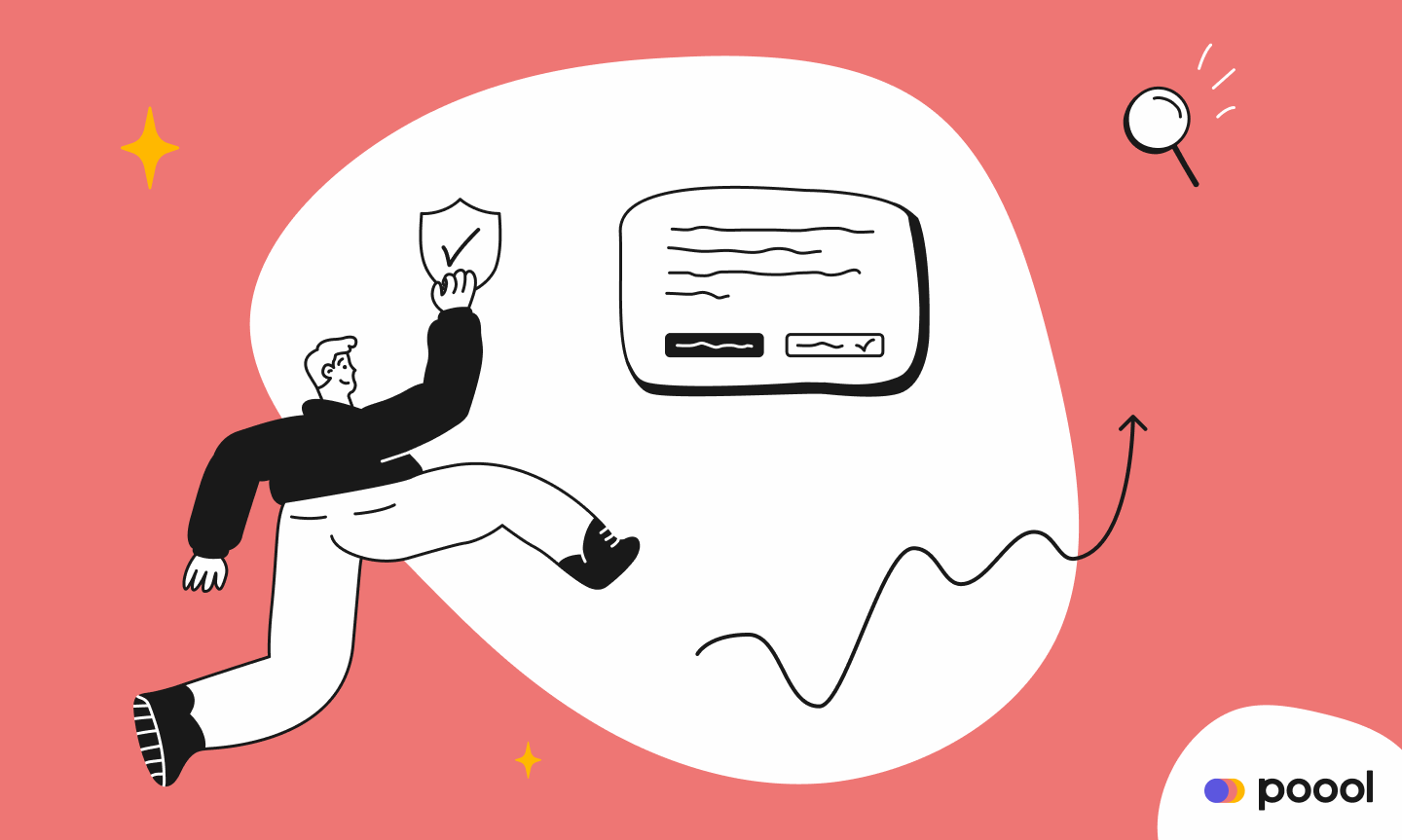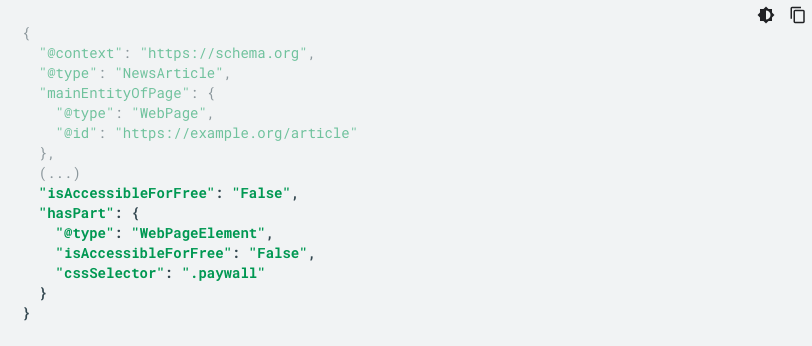Prefer to read in the language of Molière? 🇫🇷 c'est par ici !
This article wrapped up:
- Your choice of user- or server-side blocking will have an impact on the ease of paywall bypassing
- However, there's other (potentially more important) factors to consider, including SEO, impact on ad-revenue, user experience and tech requirements
- Bypassing may not be the worst case scenario given the above
- SEO is particularly important to consider and optimize when employing a paywall, which is why we recommend either a lead-in or metered approach

One of the highest search results around the keyword ‘paywall’ is bypass. This translates into many concerns for digital publishers when integrating a paywall into their content…
How can we avoid users getting around our paywall and accessing premium content without paying?
What should we do if our paywall is easy to bypass?
What blocking method should we use to avoid bypassing?
But, contrary to many publishers’ assumptions, bypassing may not be as bad as it seems and there are in fact other things that need to be taken into consideration, such as the flexibility of your wall blocking method, its impact on SEO performance and the likelihood of a user converting into a subscriber.
Just take the example of The New York Times for instance - a hugely successful digital publisher who certainly has the resources to correct bypassing issues, but who still has an easy-to-get-around paywall. Perhaps there’s more to the story than meets the eye!
This article delves further into the topic of bypassing paywalls and what else you need to consider:
- What is a paywall?
- What are the different blocking methods?
- Which is the best option to avoid bypassing? And is bypassing really a big deal?
- What about paywalls and SEO?
1 ) What is a paywall?
Put simply, a paywall blocks content and asks or requires a user to pay to subscribe in order to gain access. The idea is that it establishes a value exchange between the publisher and their audience - whilst the user can access content once they subscribe, the publisher receives regular payment, establishing a stable and predictable revenue stream.
There are 4 central paywall types:
- Hard paywall: blocks all content for all users
- Freemium paywall: splits content into free and premium, with free content being left open for all users to access and premium content being blocked by a paywall and reserved for subscribers
- Metered paywall: users have access to a quota of articles in a given time period before they’re blocked by a paywall (e.g. 3 articles free per month)
- Dynamic paywall: the user journey is adapted to their context or profile, such as their location, the content type or their engagement level. For instance, less engaged users may be presented with a metered paywall journey to allow for content discovery, with the goal of increasing engagement and propensity to subscribe. On the other hand, more engaged users may be presented with a hard paywall to encourage subscription immediately
Discover more in our "What is a paywall" article:

2) What are the different blocking methods?
There are three main ways of blocking content:
- User-side with CSS
- User-side with Javascript
- Server-side
Frontal or user-side blocking methods mean that content still exists on the page, in the underlying HTML, but is hidden and unavailable to users. Specifically, when a visitor arrives on the webpage, the whole content is delivered. The server checks to see if the user has permission to access this article, and blocks it with the paywall if not.
This block can either be achieved through CSS or via Javascript.
The CSS method blocks content with an overlay, hiding a certain percentage of the article’s <div>. When a user passes through the paywall, the overlay will disappear and the entire content will be visible.
✅ Simplest tech integration
✅ Fewest side effects
✅ No risks of conflict with other scripts
✅ Better user experience (no lag when loading the paywall or content)
The javascript method is similar to using CSS but in this case the text doesn’t actually stay on the page, it’s hidden by javascript meaning a user doesn’t have access to it. Once they unlock the paywall, the content will be made visible. Although similar to CSS, this method can cause some issues with advertising forms or create potential editorial script conflicts.
✅ Simple tech integration
✅ Better user experience (no lag when loading the paywall or content)
❌ Possible conflict with other scripts
Overall, frontal blocking methods are simple to integrate and provide low risk to SEO given that the content is always on the page, whether blocked or unlocked.
However, these blocking techniques are also the easiest paywalls to bypass, meaning that visitors may find ways of unlocking the content without becoming a subscriber. Having said this, the fact that your wall can be bypassed isn’t always a bad thing - it is, for instance, the method employed by The New York Times, who have plenty of resources to solve this issue if they felt the need for it. We’ll discuss this further down the article.
Server-side blocking methods, as the name suggests, involve blocking the content before the page itself, meaning the content as a whole is never sent from the server in the first place. The majority of the time this involves sending two pages to the server - the full content and a cropped one. The cropped page is sent by default to all users and, when the user passes through the paywall and becomes a subscriber, they’ll be presented with the full page.
✅ Safer, more rigid option
❌ More complex to implement
❌ Can have the greatest impact on SEO (if no optimization is done)
This server-side option is certainly safer and harder to bypass (which, as mentioned, isn’t always a good thing) but it can also cause potential lag when a user unlocks content as well as possibly impairing SEO performance. This is discussed in detail in part 4 of this article, but a good understanding of SEO is required to ensure this blocking method doesn't prevent Google bots from scanning and referencing your whole content, not just the text available above the paywall.
In summary: Frontal/User-side vs Server-side

3) Which is the best option to avoid bypassing?
Bypassing is when a user unlocks an article blocked by a paywall without subscribing - they ‘go around’ the wall.
The assumption is that bypassing is always to be avoided by digital publishers because, of course, a user avoiding the paywall has found a way to access premium content for free. They’re technically stealing a magazine off the shelf of your digital shop.
However, the fact that many successful publishers have easy-to-bypass paywalls, despite also having the resources to combat this, suggests that bypasses aren’t always a bad thing. For example, The New York Times’ paywall is fairly easy to bypass as they employ a front-side javascript blocking method.
The question to ask is whether visitors that put the effort and potentially heavy tech knowledge into bypassing your paywall are ever going to pay to subscribe? If they aren’t a potential future subscriber then perhaps using a tougher blocking method to reduce bypasses isn’t worth the possible negative effects on your SEO.
What’s more, user-side blocking methods that are easier to bypass also offer a lot more flexibility for the publisher, something that’s hugely valuable in today’s rapidly changing digital environment.
In summary: Is an easy-to-bypass paywall really a big deal?
As you can see from the above, and the ease of being able to bypass The New York Times’ paywall, you may have to accept that there will be a certain number of users who bypass your paywall, keeping in mind that this won’t likely affect digital subscriber growth and may give you advantages in other areas such as SEO and flexibility.
4) What about paywalls and SEO?
SEO is something that’s come up a few times in this article, and for good reason. Blocking methods have a big impact on a user’s ability to bypass your wall or not, but they equally impact your SEO performance.
Whilst user-side blocking methods mean that the content in its entirety is always available for Google bots to crawl, whether the user has access to it or not, this isn’t the case with a server-side paywall approach. Instead, search engine crawlers don’t have access to anything below the paywall - i.e. anything that the user can’t see, the search engine can’t see.
However, even with a server-side approach, you have 2 techniques that can improve SEO performance:
Metered sampling (metered paywall) - this refers to the metered paywall described at the beginning of this article where a visitor to your site is offered a limited number of articles per month before they’re blocked. The benefit of this approach is that it allows for content discovery and is a lower-risk way of launching a subscription strategy.
Lead-in (hard paywall) - for a hard paywall strategy you can consider lead-in, where users can access the title and first paragraph before the paywall block. This works well for high quality, evergreen content but can impact bounce rates, which will negatively influence SEO ranking.
With lead-in, it’s also harder for a user to discover your value, which is essential for converting them into a subscriber. However, to combat this as well as improve the SEO performance of a hard paywall blocking method, you can add an executive summary at the beginning of your content, offering an overview of the content, access to a paragraph or two and keywords that will improve search engine ranking.
In summary: Metered vs Lead-in
Structural data for your paywall SEO optimization
Aside from user-side methods such as metered paywalls and lead-in, you can also improve your SEO ranking by marking up the schema for your blocked content and paywall. Put simply, your code has to signal to Google which content is behind a paywall which is essential for avoiding cloaking and actually appearing in search results.
Indicate paywalled content to avoid cloaking:
- Add a class name to each section of the page that’s blocked by a paywall.
- Add some NewsArticle structured data (or article schema for non-news based content).
- Add the structural data linked to the paywall in the JSON-LD NewsArticle.


Discover more in our white paper on "Paywalls and SEO":

You may also be interested in:



